1. Why is it important to clean a dish brush?
Dish brushes remain damp for extended periods, and the food residue and grease left on them create a perfect breeding ground for bacteria (such as E. coli and Salmonella) and mold. Studies have shown that kitchen dish brushes can sometimes harbor more bacteria than toilet bowls. Using a bacteria-laden brush to wash dishes only causes cross-contamination, making dishes dirtier with each wash.
Odor:
Residual food debris and bacteria decompose in a moist environment, producing an unpleasant, sour odor.
Impaired Cleaning Performance:
Bristles clogged with grease and food residue significantly reduce their cleaning power and stain removal effectiveness.
2. How to properly clean and disinfect a dish brush?
The following are several very effective methods, which we recommend using in combination:
After each use:
Rinse: Scrub the brush head repeatedly and vigorously with hot water and dishwashing liquid until it is no longer greasy and the water that comes out of the brush comes out clear. Shake dry: Shake vigorously to remove excess water.
Store in a well-ventilated rack or container with the brush head facing upward, ensuring it doesn't sit submerged in water.
Regular deep cleaning/disinfecting (recommended every 1-2 days):
Hot water soak: Place the dish brush in a heatproof cup or bowl, fill it with freshly boiled water, and completely submerge it for 5-10 minutes. This is the simplest and most effective method.
White vinegar soak: Mix one part white vinegar and one part water and soak the dish brush for at least 30 minutes, then rinse thoroughly. White vinegar is very effective in killing bacteria and removing odors.
Baking soda: Dissolve a tablespoon of baking soda in hot water and soak the dish brush. This also kills bacteria and removes grease.
Dishwasher method: If your dish brush is made of heat-resistant plastic or silicone, place it on the top rack of the dishwasher and run it through a full wash and high-temperature drying cycle. This is the most thorough disinfection method.
3. When should I replace my dish brush?
Cleaning and disinfecting can extend the lifespan of a dishwashing brush, but it's not permanent. Replace it immediately if:
The bristles are deformed, collapsed, or severely worn, reducing cleaning power.
Stubborn odors persist even after various cleaning methods.
Visible mold spots appear on the brush head (especially on the bottom of the wooden handle).
Excessive use (generally recommended replacement every 1-2 months).


 中文简体
中文简体 English
English Español
Español Français
Français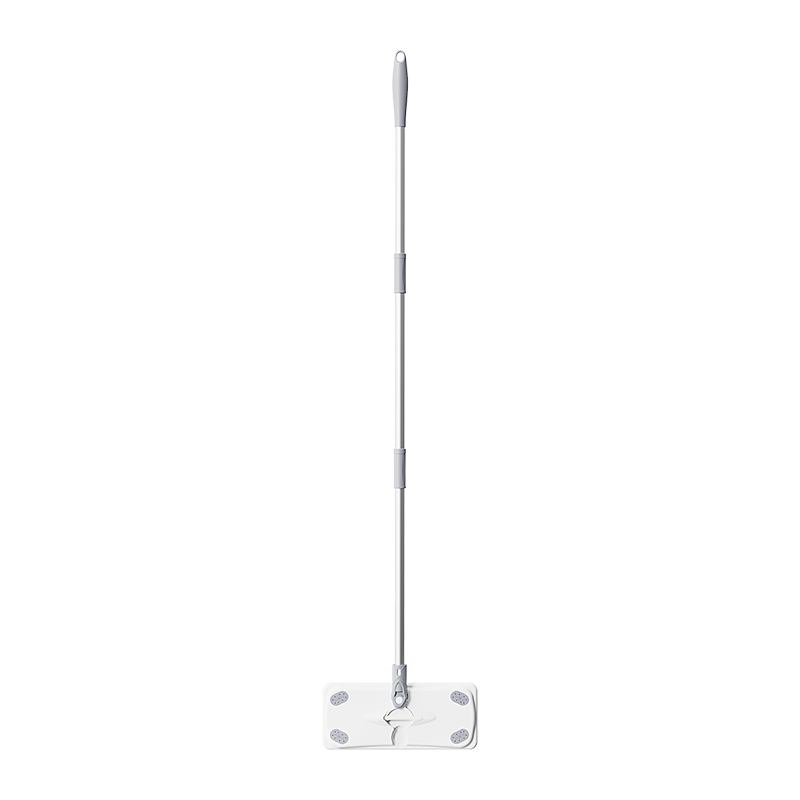
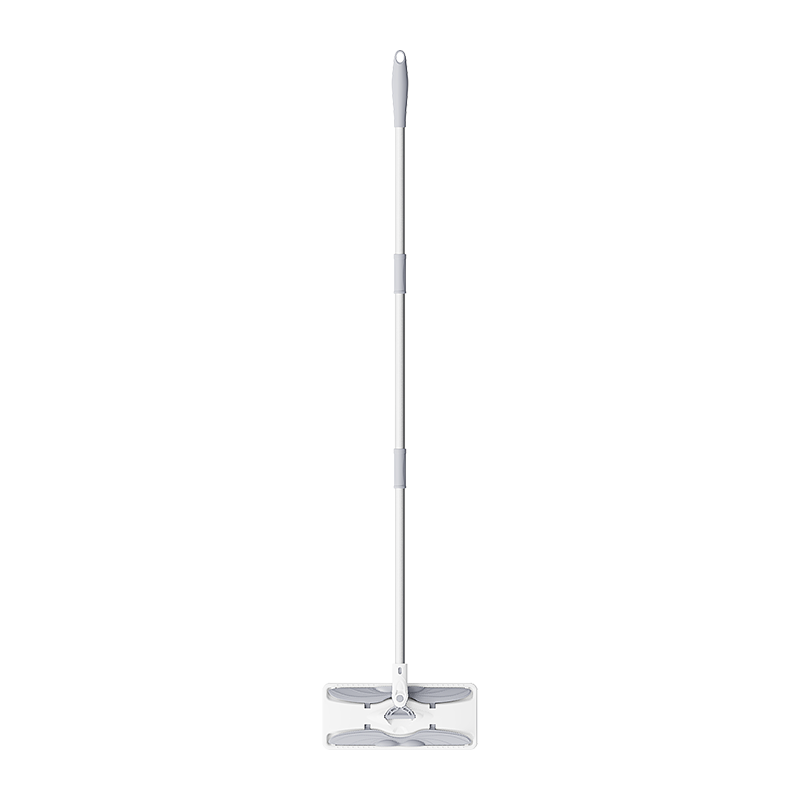
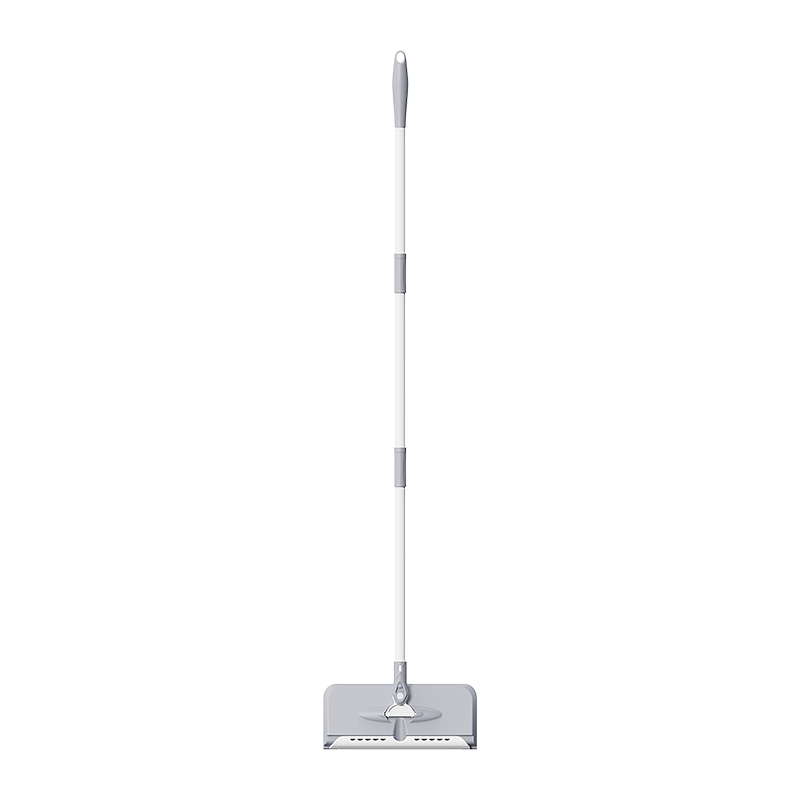
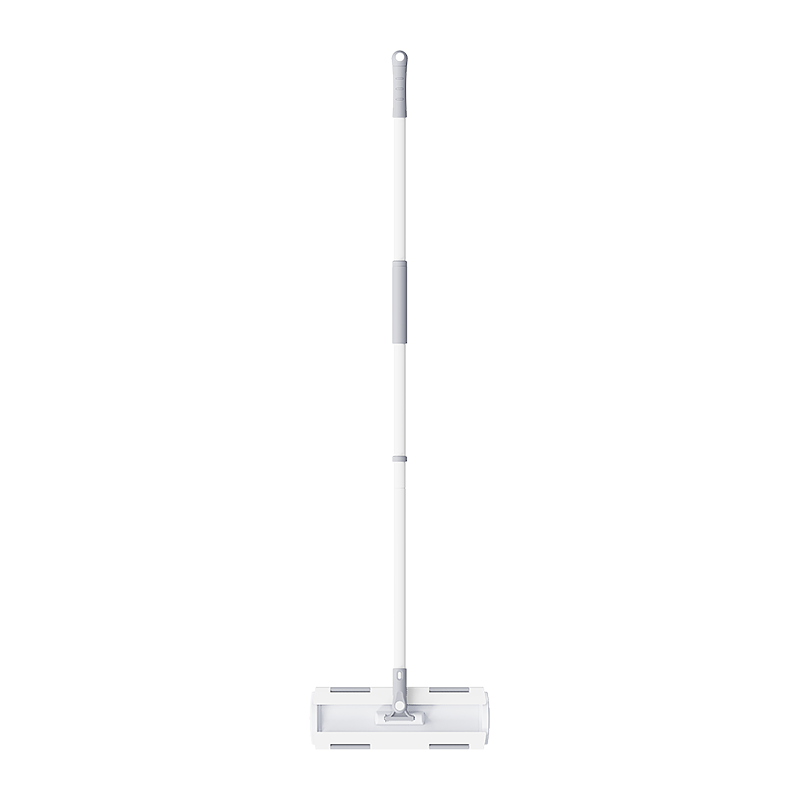
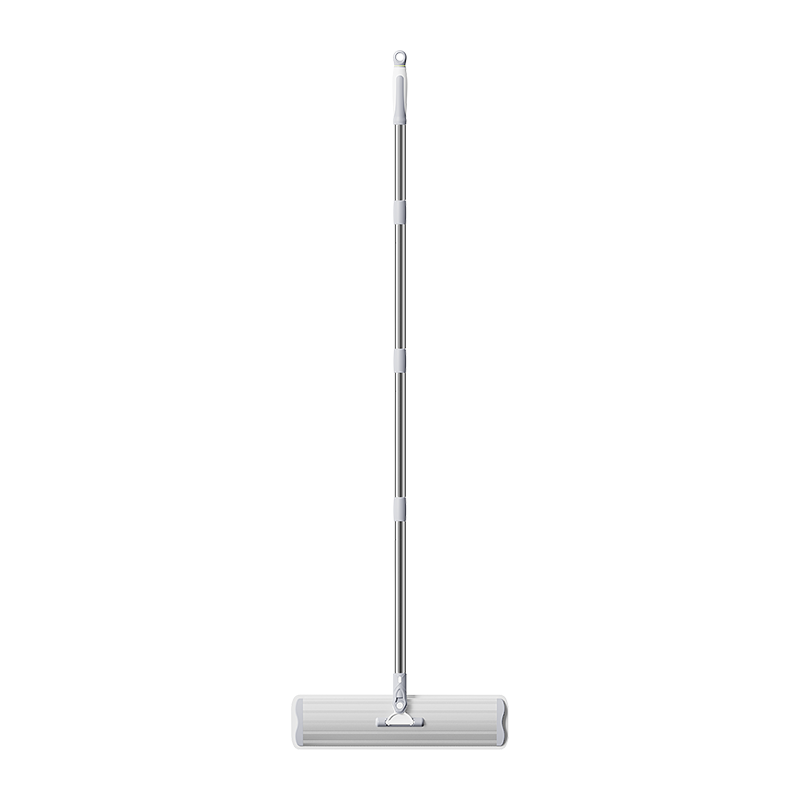
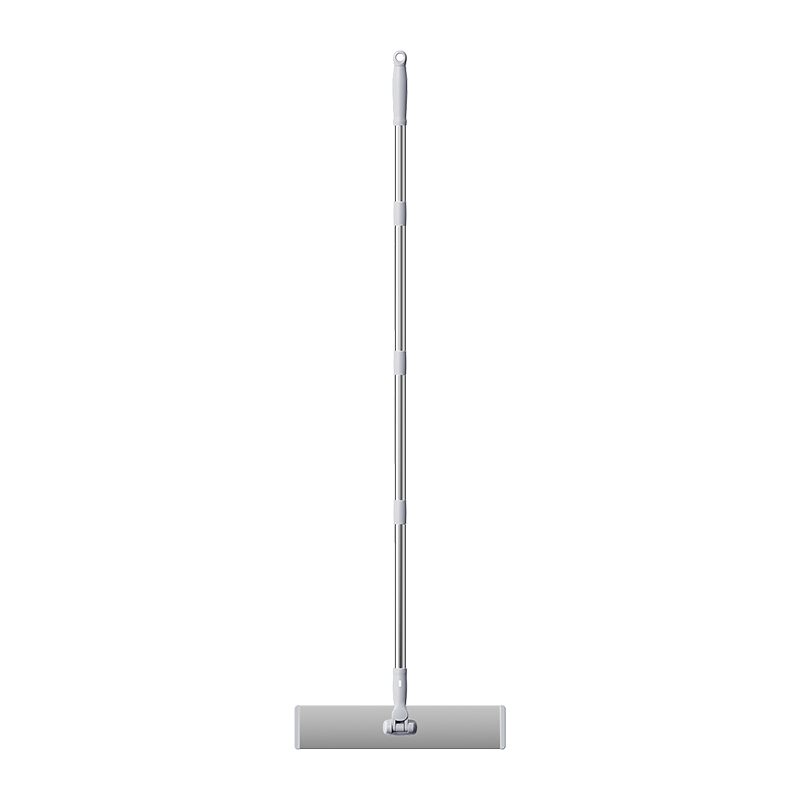
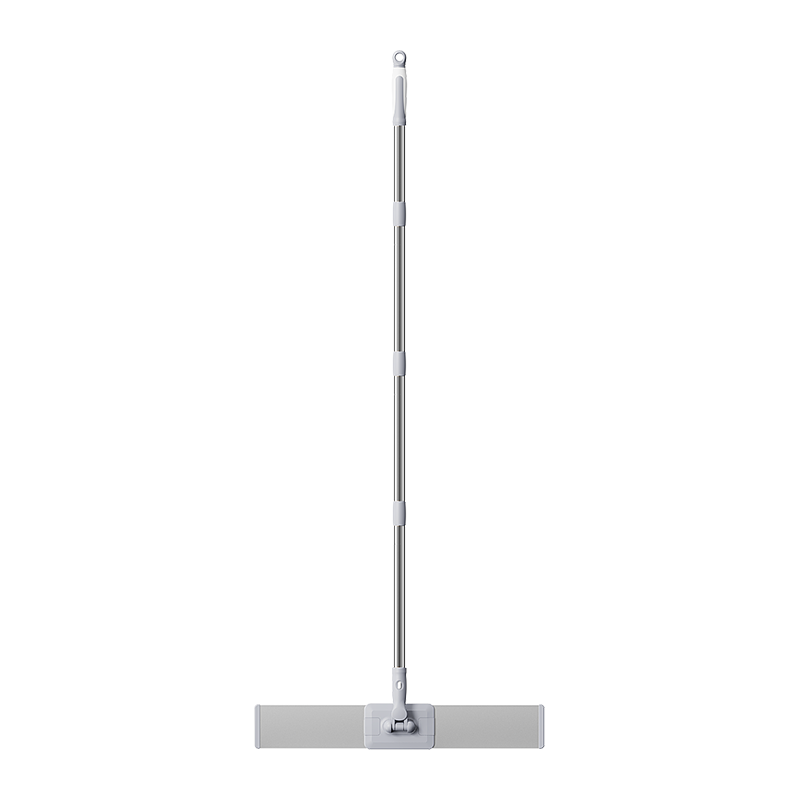
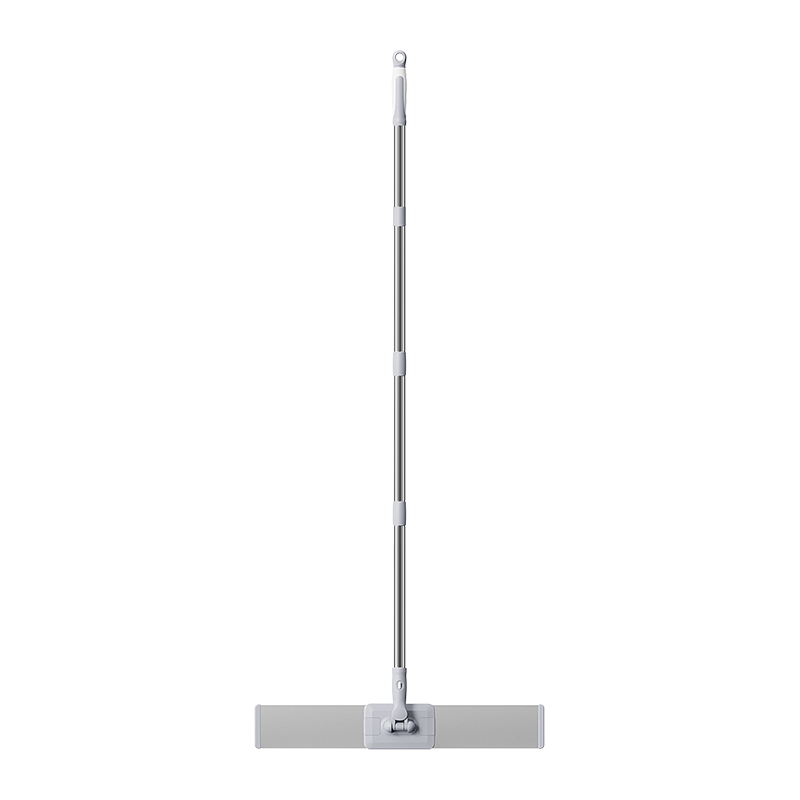
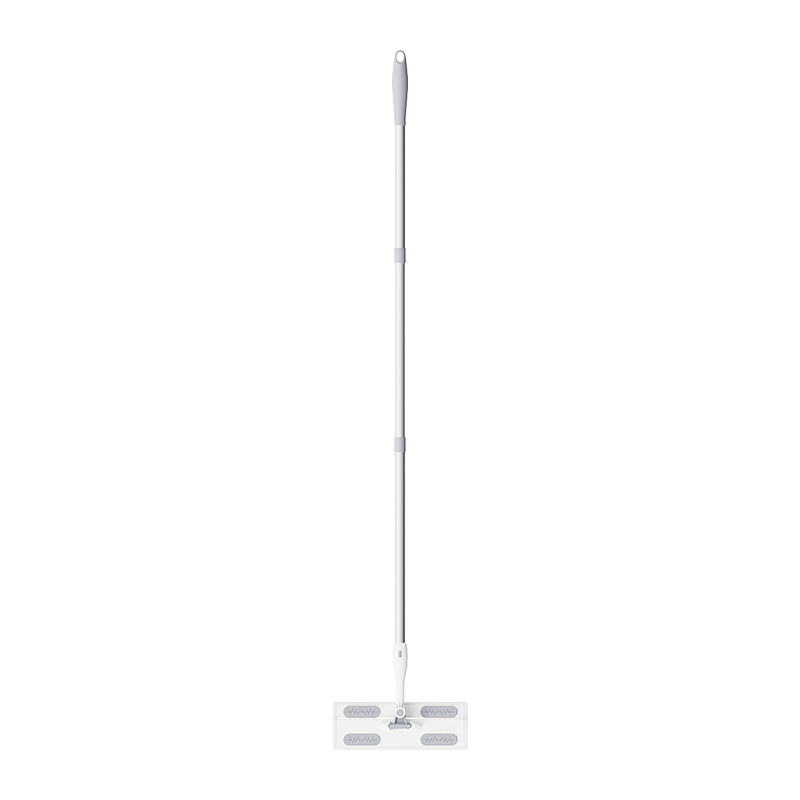
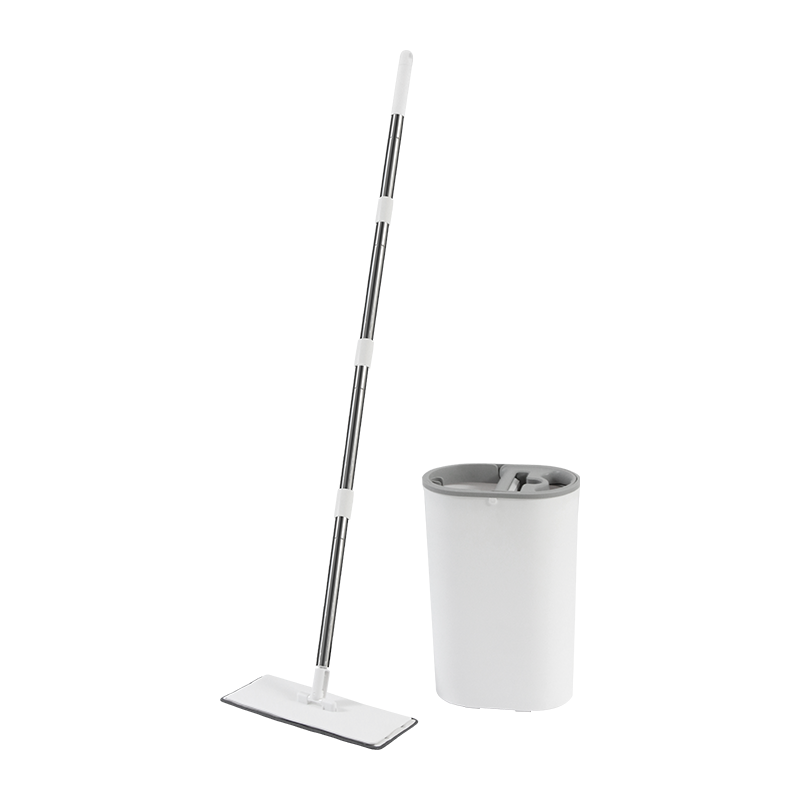
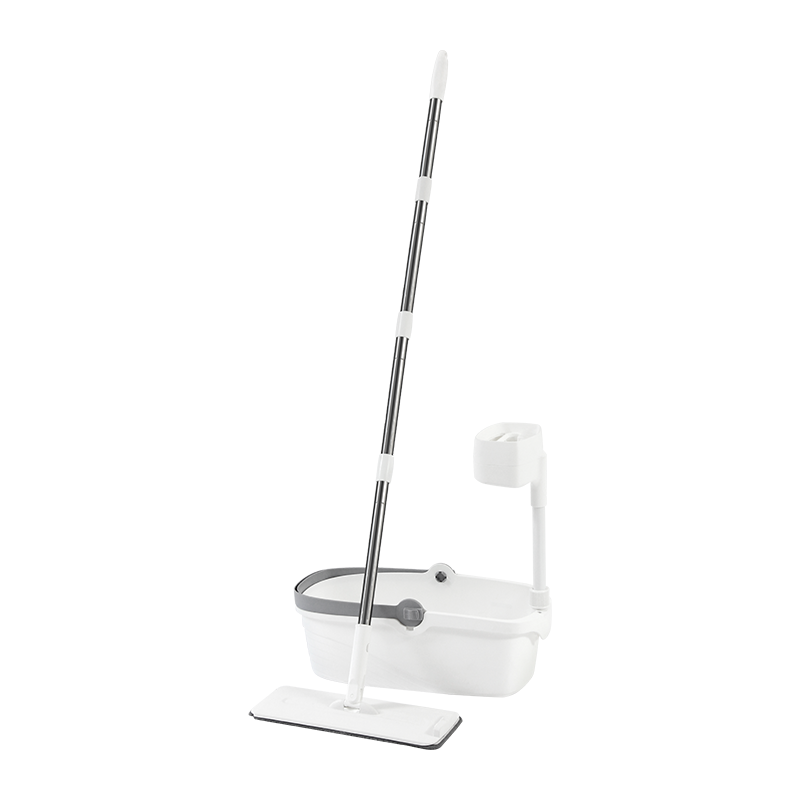

 Products
Products












